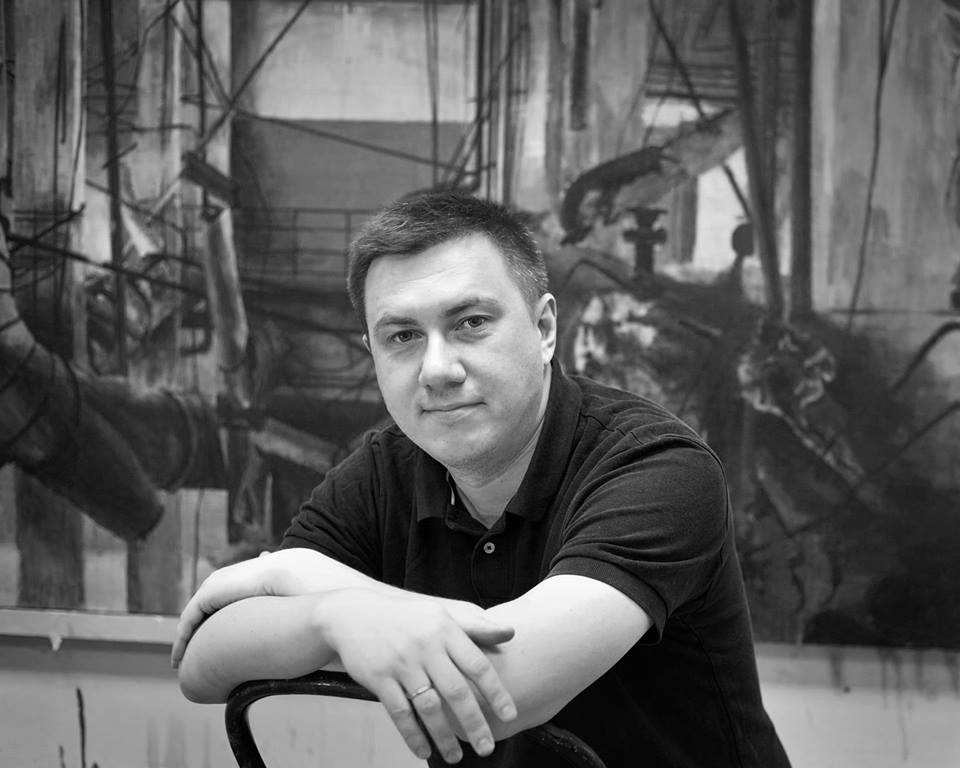
Pavel Otdelnov
1979
model.author.description
The main theme of the artist's works is the urban environment of the industrial outskirts and the experience of being in this environment. His depiction of non-places is an artistic and research project. The author's strategy can be summed up in the words of M. McLuhan: "The business of art is not to be a repository of impressions, but to explore the environment, which otherwise remains invisible." In his works, industrial zones, urban outskirts with typical buildings, the grayness and doom of which is rarefied by alien inclusions of ridiculous in the inappropriate brightness of "colored sheds" – supermarkets, countless clones of urban development of the 2000s. "Taste is the fear of life" (M. Ugarov). In fact, the developed aesthetic sense, with which we squeamishly turn away from everything that does not correspond to it, limits us. The more developed it is, the narrower it becomes that we accept as reality. This psychological mechanism is triggered when, day after day, we do not notice the everyday life that surrounds us, but does not correspond to our taste, gliding with an unseeing gaze over the same, boring and boring spaces of the city outskirts. Our aesthetic sense is shaped by already established discourses – such optics are always lagging behind. It is impossible to grasp the image of the present with the help of yesterday's cognitive tools. The present turns out to be fundamentally invisible. That is why Pavel changes his optics and tries to look at the present from the future: to imagine what a certain "Budlyanin" would see in our deserted industrial landscapes, in whose eyes there are different cultural prisms, allowing him to look at non-places with a different perspective: interested, accepting, forgiving, merciful, noticing the fragility and temporariness of today's urban monsters. According to the artist, they can disintegrate into pixels and disappear at any time. Source: S. Polyakova, DA, No. 4, 2017












